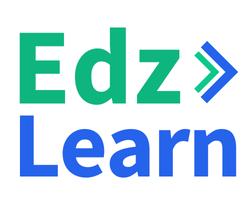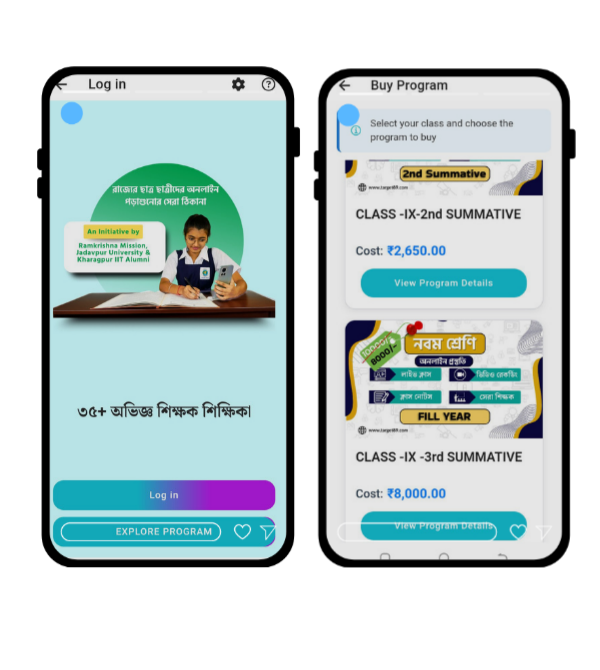In today’s digital world, keeping learners engaged is one of the biggest challenges in education. Gamification, the practice of incorporating game-like elements into non-gaming contexts, has emerged as a transformative strategy to address this. By introducing elements like leaderboards, rewards, and challenges, gamification makes learning interactive, enjoyable, and more effective. Let’s explore how gamification strategies can revolutionize eLearning and enhance learner engagement.
What is Gamification in eLearning?
Gamification involves applying game design principles to educational content to motivate learners, encourage participation, and improve retention. This approach leverages human psychology, tapping into our love for competition, rewards, and accomplishments to make learning more engaging.
Some common examples include earning points for completing tasks, unlocking badges for achievements, and competing with peers on leaderboards. Gamification transforms mundane learning activities into exciting challenges, keeping learners motivated.
Why Does Gamification Work in eLearning?
- Intrinsic Motivation: Gamification taps into intrinsic motivators like curiosity, autonomy, and mastery.
- Immediate Feedback: Learners receive instant results, helping them track progress and make improvements.
- Healthy Competition: Competing with peers fosters a sense of community while driving engagement.
- Sense of Achievement: Rewards like badges, points, and certificates create a sense of accomplishment.
By turning learning into a game, eLearning platforms make education both fun and impactful.
Key Gamification Strategies for eLearning
1. Incorporate Badges and Rewards
Award badges, certificates, or virtual rewards for milestones like completing a course or mastering a skill. These rewards serve as motivation and encourage learners to continue progressing.
Example: Platforms like Duolingo reward learners with streaks and gems for daily practice, boosting language learning retention.
2. Use Points and Leaderboards
Create a points system to track progress, and display these points on leaderboards. This strategy appeals to competitive learners, pushing them to stay ahead.
Example: In an LMS, learners might earn points for completing quizzes, participating in discussions, or submitting assignments. Leaderboards can show top performers, inspiring others to catch up.
3. Add Challenges and Quests
Divide learning content into quests or missions, where learners must complete specific challenges to advance. Quests make the learning process feel like an adventure, keeping learners engaged.
Example: Gamified math programs like Prodigy use quests to teach concepts, encouraging students to solve problems to progress in their journey.
4. Integrate Simulations and Role-Playing Games
Simulations allow learners to experience real-world scenarios in a controlled environment. Role-playing games (RPGs) enable learners to assume characters or roles, making lessons interactive.
Example: In a corporate training program, learners might role-play as team leaders to resolve workplace conflicts, gaining practical skills through experience.
5. Create Unlockable Content
Introduce levels or stages where learners unlock new content as they progress. This element builds anticipation and encourages learners to keep moving forward.
Example: Language platforms might restrict advanced lessons until learners master foundational topics, creating a structured learning path.
6. Incorporate Time-Based Challenges
Set time limits for completing tasks or challenges. This strategy adds urgency and excitement, motivating learners to act quickly and decisively.
Example: A 24-hour quiz competition in an LMS can encourage active participation and create a buzz around learning activities.
7. Use Narrative Storytelling
Embed storytelling elements into your courses. Create a compelling narrative that aligns with your learning objectives, engaging learners emotionally.
Example: A course on history could take learners on a virtual time-travel journey, using storytelling to bring events to life.
8. Offer Social Recognition
Publicly recognize achievements through certificates, shoutouts, or awards. Social recognition boosts confidence and creates a sense of community.
Example: Share leaderboard rankings or badge achievements on forums or within the LMS platform to celebrate learners’ progress.
9. Incorporate Mini-Games
Add short, interactive games within courses to break monotony and reinforce learning. These games can be quizzes, puzzles, or simulations tied to course objectives.
Example: A marketing course could include a game where learners design a virtual campaign, applying theoretical knowledge in a fun way.
10. Provide Customizable Avatars
Allow learners to create and personalize their avatars within the platform. This fosters a sense of ownership and identity, making the learning experience more immersive.
Example: Gamified LMS platforms often allow users to customize profiles, adding an element of fun to their learning journey.
How Gamification Impacts Learning
- Improved Engagement: Gamification transforms passive learners into active participants.
- Better Retention: Interactive activities help learners retain knowledge for longer periods.
- Skill Development: Gamified simulations and challenges develop real-world skills effectively.
- Inclusivity: By offering diverse challenges, gamification caters to different learning styles.
- Increased Completion Rates: Rewards and achievements motivate learners to complete courses.
Gamification in Action
- Corporate Training: Companies use gamified LMS platforms to train employees on compliance, leadership, and technical skills.
- Schools and Universities: Teachers integrate gamified lessons to make subjects like math, science, and languages more interesting.
- Online Learning Platforms: Platforms like Khan Academy, Coursera, and Duolingo leverage gamification to keep learners engaged.
Challenges in Gamification
While gamification offers immense benefits, it’s important to design it thoughtfully. Overemphasis on rewards can lead to extrinsic motivation rather than genuine interest in learning. Additionally, poorly designed games or irrelevant challenges can frustrate learners.
Who Should Use Gamification?
- Educators: To create immersive classroom experiences.
- Corporates: To train employees in engaging and effective ways.
- LMS Developers: To make eLearning platforms more interactive.
- Students: To enjoy a personalized and fun learning journey.
Conclusion
Gamification is more than just a trend; it’s a game-changer for the eLearning industry. By combining education with entertainment, it addresses the critical challenge of learner engagement while delivering impactful results. Whether you’re a teacher, a corporate trainer, or an eLearning platform developer, integrating gamification strategies can transform your approach to education.
Ready to level up your eLearning experience? Start incorporating gamification today and watch engagement soar!rporating gamification today and watch engagement soar!
This Blog is Written By Ritika Saxena,
Content Writer and Social Media Manager At
Edzlearn Services PVT LTD.
For More Information Connect With Her on Linkedin : https://www.linkedin.com/in/ritika-saxena0355/
Read our Recent Blogs: https://edzlms.com/blogs/
Download our Recent Case Study: https://edzlms.com/case-study/
For anything related to LMS, feel free to reach out or book an appointment at : https://calendly.com/edzlms/30min.
Contact – Mihir Jana
Phone no.- +919916650872















